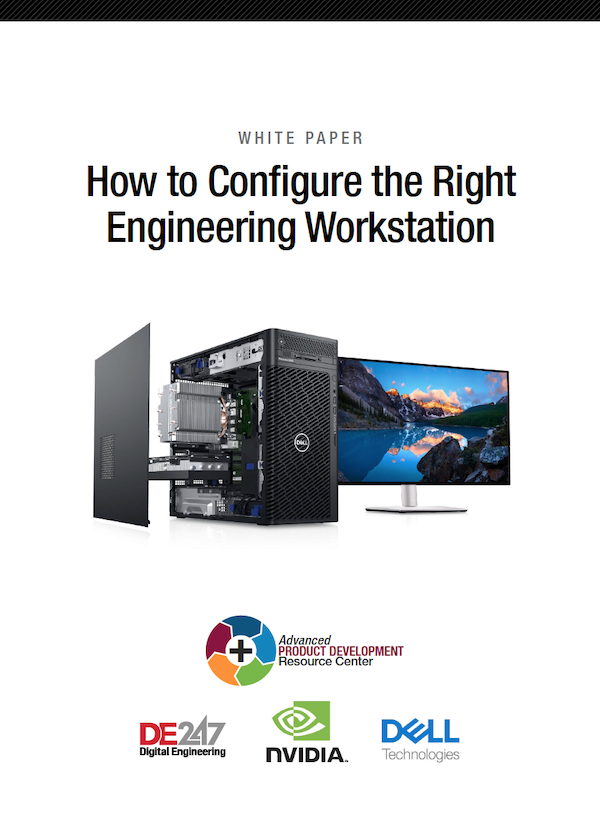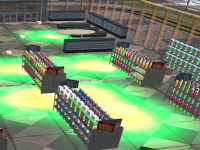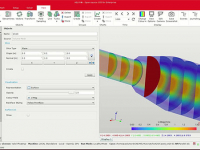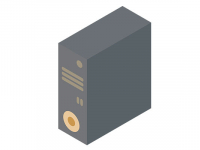
September 15, 2023
Product design has grown more complex and demanding. In the past, CAD, simulation, rendering, visualization and other tasks operated in distinct operational silos with their own workflows, but those lines are blurring.
As a result, design engineers are tasked with doing more than just CAD work. Increasingly, they are performing advanced simulation and analysis, as well as visualization and rendering as part of their day-to-day development workflows.
In this white paper, we will explain how key components affect engineering productivity and offer high-level guidance on configuring a professional engineering workstation based on typical workflows.
Download today
Latest News

Digitally Designing the Factory of the Future
Artificial intelligence also plays a role in building an efficient, economic plant layout for optimal operations.
Vectary API Brings Product Digital Twins to Life
The new offering enables companies to integrate digital twins for immersive 3D experiences, enhanced decision making, and real-time product control.
3D Printing at the Crossroads
Additive manufacturing events revealed a state of the industry that is facing economic obstacles.
Altair Acquires Cambridge Semantics
Cambridge Semantics is a modern data fabric provider and creator of one of the industry’s analytical graph databases

ENGYS Now Offers HELYX v4.2.0
HELYX v4.2.0 is built to help engineers tackle complex computational fluid dynamics (CFD) challenges

Rackable Systems Display Power and Performance
Scalability and space efficiency are just a few benefits of this special breed of workstations.
All posts
Related Topics
New & Noteworthy

New & Noteworthy: Safe, Cost-Effective Metal 3D Printing - Anywhere
Desktop Metal’s Studio System offers turnkey metal printing for prototypes and...

New & Noteworthy: Direct Neutronics Analysis on CAD
Coreform Cubit 2023.11 workflows enable neutronics directly on CAD for next-generation nuclear energy...

New & Noteworthy: Agile Engineering Collaboration
Authentise Threads is a new software tool for distributed communications and project...

New & Noteworthy Product Introduction: Enterprise VR Headset
Lenovo ThinkReality VRX has an immersive display works with virtual, augmented and...
